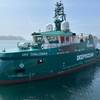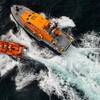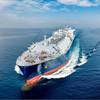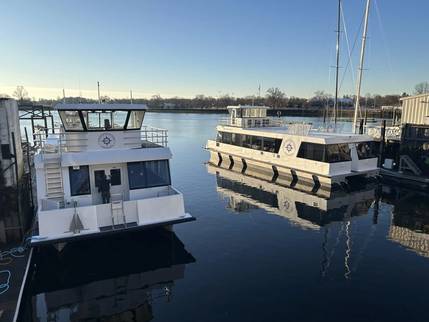KBR Completes DeepStar Ultra Deepwater Study
The primary objectives of the study were to assess credible technology alternatives for mooring systems and production risers for a large ultra-deepwater DDCV, and to quantify the total system cost incentives for pursuing synthetic moorings and composite production risers. In addition to the primary scope, KBR was asked to seek industry input and to provide a preliminary assessment of other potential alternate lightweight risers.
The design basis chosen for the study included the challenges of a high pressure (14,000 psi) and high temperature (265 degree F) field, a very high current environment (8.5 ft./s loop current), a large topsides of 40,000 short tons operating weight, and a significant number of steel catenary risers (13 SCRs and 5 umbilicals).
While the work was managed by KBR and carried out by KBR engineers for the most part, a number of companies contributed to the study. KBR provided the preliminary design of hull, moorings and risers for several study cases inclusive of fatigue of mooring and risers. Oil Patch Technologies developed the base case steel riser design, and ABB and Deepwater Composites provided composite riser designs. A higher strength (95 ksi) steel top tensioned riser was considered in this study. Aker-Maritime provided input on FSW (Friction Stir Welded) aluminum risers, and RTI on titanium risers. A number of other companies provided valuable input as well.
"The study assessed technical aspects of the major riser and mooring system alternatives rigorously and quantified the cost savings, including sensitivities for uncertainties related to hull VIV (vortex induced vibration) response," said Shankar Bhat, project manager. "We discovered that total system costs in 10,000 ft. water depth are significantly impacted by synthetic mooring system, uncertainties in hull VIV response, single-casing risers with split tree or combinations of these. It is possible to achieve step reductions in total system cost. Some of the findings were unexpected."
DeepStar intends to carry this research and development work forward into the next phase with studies set to begin in the next month or two, Bhat said. "Successful completion of this major study highlights our technical capability for ultra-deepwater concept development. It also recognizes our spar-based production system technology capability," said Richard D'souza, vice president of KBR Offshore Technology. "Additionally, it demonstrates that KBR Offshore Technology is positioned to perform an unbiased assessment of deep water concepts."











